In 2012, an estimated 227,000 women in the United States were diagnosed with breast cancer, and about 40,000 died from this disease. Despite decades of research, the number of breast cancer cases continues to climb.
To address this growing public health problem, the Interagency Breast Cancer and Environmental Research Coordinating Committee released a report on Feb. 12 that calls for strategies aimed at prevention of this disease.
Just two days later, the George Washington University School of Public Health and Health Services, together with the Breast Cancer Fund and the H. John Heinz III Center for Science, Economics and the Environment, held a forum to discuss the groundbreaking report and roll out a roadmap for a new beginning -- one focused on environmental risk factors.
Here are some highlights about the report and from the forum, which was held Feb. 14 on the GW campus in Washington, D.C.
"The report is crystal clear: Federal research and programs focused on preventing breast cancer need as much attention as treatment and a cure," said Jeanne Rizzo, co-chair of the committee that released the report and president and CEO of the Breast Cancer Fund. In 2008, the U.S. Department of Health and Human Services appointed a panel of experts including Rizzo to review the scientific research on breast cancer and the environment. The panel concluded that environmental factors increase the risk of breast cancer and urged the United States to put a far greater priority on reducing that risk.
As the dean of SPHHS, I gave the opening remarks at the forum, the first public discussion of the new report. I noted that while advances in detection and therapy are incredibly important, this report and the public health community must now focus on preventing this disease, which affects one out of eight women in their lifetime.
The panel of experts assembled at the GW forum last week started to do just that. They included Linda Birnbaum, Ph.D., director of the National Institute of Environmental Health Sciences, who noted that obesity, radiation exposure and chemicals in the environment all may increase a woman's chances of developing breast cancer.
In my own career as an environmental health scientist, I have been very concerned about studies suggesting that the timing of exposure to such risk factors may amplify the risk. Researchers have identified windows of susceptibility -- including fetal development, puberty, pregnancy, and menopause -- when environmental exposures are most likely to trigger breast cancer down the line.
Other speakers at the event included Conn Nugent, the president of the Heinz Center, and Florence Williams, the author of the best-selling book Breasts: A Natural and Unnatural History.
Ms. Williams pointed out that chemicals found in nail polish, plastic and other consumer products accumulate in the body and especially in fatty breast tissue. Many of these chemicals have been banned as potential cancer-causing agents in Europe but are still found in household products sold in the United States. The new report calls for a ramped up pace and funding for research aimed at finding out what causes breast cancer and then studying interventions that might lower the risk.
During my 30-year tenure as a public health scientist, including the years I spent at the U.S. Environmental Protection Agency, I have seen incredible progress in identifying potentially-toxic chemicals in the environment. Yet there is still so much we do not know about the risk factors for cancer, especially breast cancer. For example, some studies suggest that exposure to endocrine-disrupting chemicals early in life might actually increase the risk of developing breast cancer years later. We know that endocrine-disrupting chemicals, some of which are found in cosmetics, mimic female hormones in the body, but we do not know precisely how they might increase the risk of cancer.
This report notes that the U.S. historically has not put enough effort, including funding, into trans-disciplinary research. As the dean of a major school of public health, I think this report lays out a bold new way to approach breast cancer. But as the mother of a 16-year-old daughter, I believe the recommendations represent nothing short of an urgent call to action.
We are all exposed to environmental factors that might ratchet up the risk of cancer. This report offers all of us the hope of staving off a substantial number of breast cancer cases in the coming decades. It was heartening to learn that the National Institute of Environmental Health Sciences and its director, Dr. Birnbaum, are stepping up to the plate, but we will realize that goal only if we all work together to make sure the report's recommendations are put in place -- soon.
For more by Lynn R. Goldman, click here.
For more on breast cancer, click here.